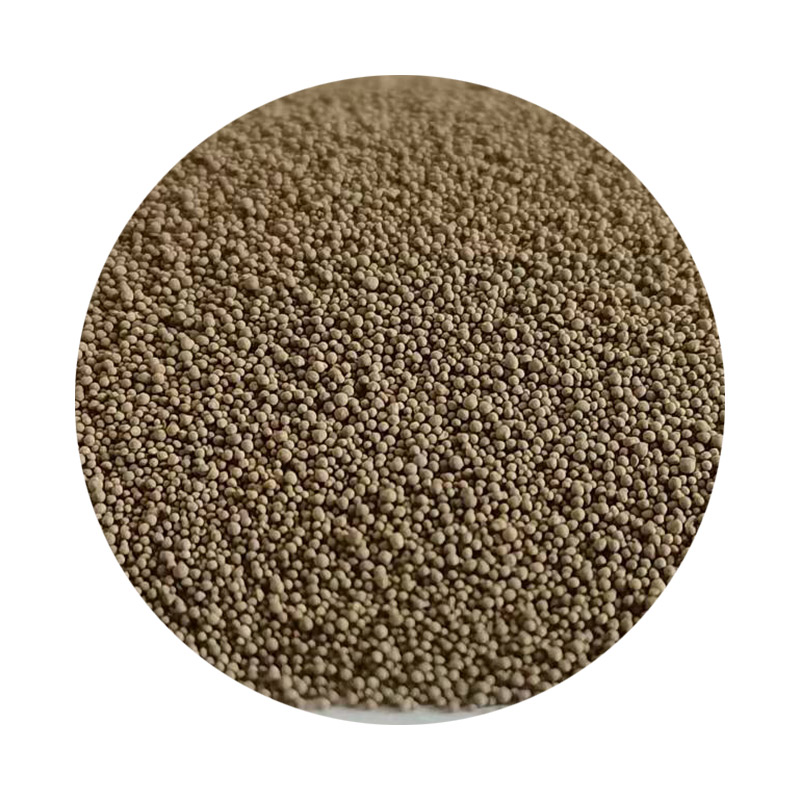Sanding 3D Printed Objects Techniques and Best Practices
3D printing has revolutionized the way we create objects, allowing for intricate designs and rapid prototyping. However, while the technology has advanced, the finish quality of 3D printed items often requires additional work. One of the most effective methods to improve the surface quality of 3D printed objects is sanding. This article discusses the importance of sanding, various techniques, and best practices for achieving a smooth finish on your 3D prints.
Why Sanding is Important
When a 3D printed object is produced, it typically exhibits a layered appearance due to the additive manufacturing process. This layering can detract from the aesthetics and functionality of the final product. Sanding helps to minimize these layers, smooth imperfections, and create a more polished look. Sanding also prepares the surface for additional treatments such as painting or sealing, which can enhance the object’s durability and visual appeal.
Choosing the Right Tools
Before you begin sanding, it’s crucial to select the appropriate tools. Typically, sandpaper ranging from coarse (40-60 grit) to fine (400-1000 grit) is used. Coarse sandpaper is ideal for initial leveling of layers and removing larger imperfections, while fine sandpaper is utilized for smoothing the surface further.
Additionally, mechanical sanders, such as oscillating tools or rotary sanders, can be practical for larger prints, speeding up the process and ensuring even pressure application. For detailed work in intricate areas, hand sanding may be necessary to avoid damaging finer features.
Step-by-Step Sanding Process
1. Assess the Print Examine your 3D printed object for imperfections and layers that require attention. Identifying high spots and areas needing more smoothing will streamline your sanding process.
2. Begin with Coarse Grit Start sanding with coarse grit sandpaper. Use even pressure and circular motions to wear down the layer lines. If using a mechanical sander, ensure you keep the tool moving to avoid uneven patches or gouges.
sanding 3d printed objects

3. Progress to Medium Grit Once you’ve leveled the surface with coarse sandpaper, switch to medium grit (about 120-220). This stage focuses on refining the shape and smoothing out the roughness left from the coarse sanding.
4. Finish with Fine Grit Finally, switch to fine grit sandpaper (320-1000). This step will polish the surface, preparing it for any finishing touches like painting or sealing.
5. Clean the Surface After sanding, it’s important to clean the surface to remove dust and debris. A soft cloth or air compressor can help here. This ensures any subsequent finishes adhere properly.
Best Practices
- Wear Protective Gear Sanding creates dust, and some 3D printing materials can release harmful particles. Always wear a dust mask and goggles to protect your respiratory system and eyes.
- Work in a Ventilated Area Ensure you are working in a well-ventilated space to avoid inhaling fine particles.
- Practice Patience Achieving a smooth finish takes time. Rushing through sanding can lead to uneven surfaces or damage to the print.
- Experiment with Different Materials Different 3D printing materials (PLA, ABS, PETG, etc.) may require unique sanding techniques. Experimenting with your 3D printer's settings can yield better results tailored to each material.
In conclusion, sanding is an essential process in the finishing of 3D printed objects. By understanding the importance of proper techniques and using the right tools, anyone can elevate their 3D prints from basic to beautifully finished products, ready for display or use. Embrace the art of sanding, and enhance your 3D printing endeavors!
Post time:10 月 . 11, 2024 01:46
Next:what to use to sand resin
